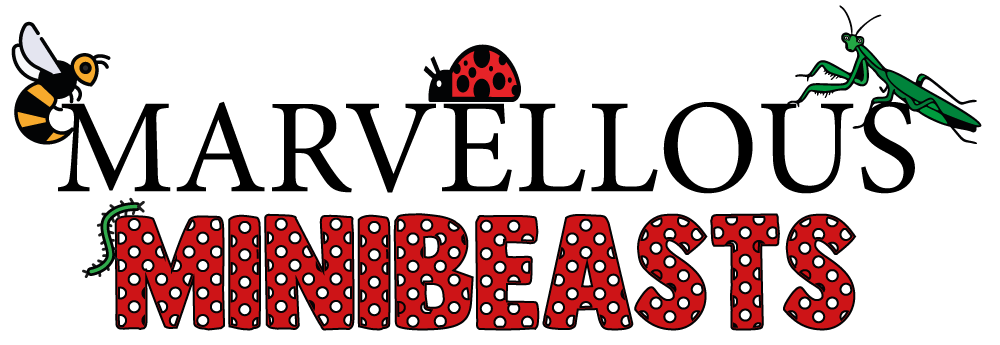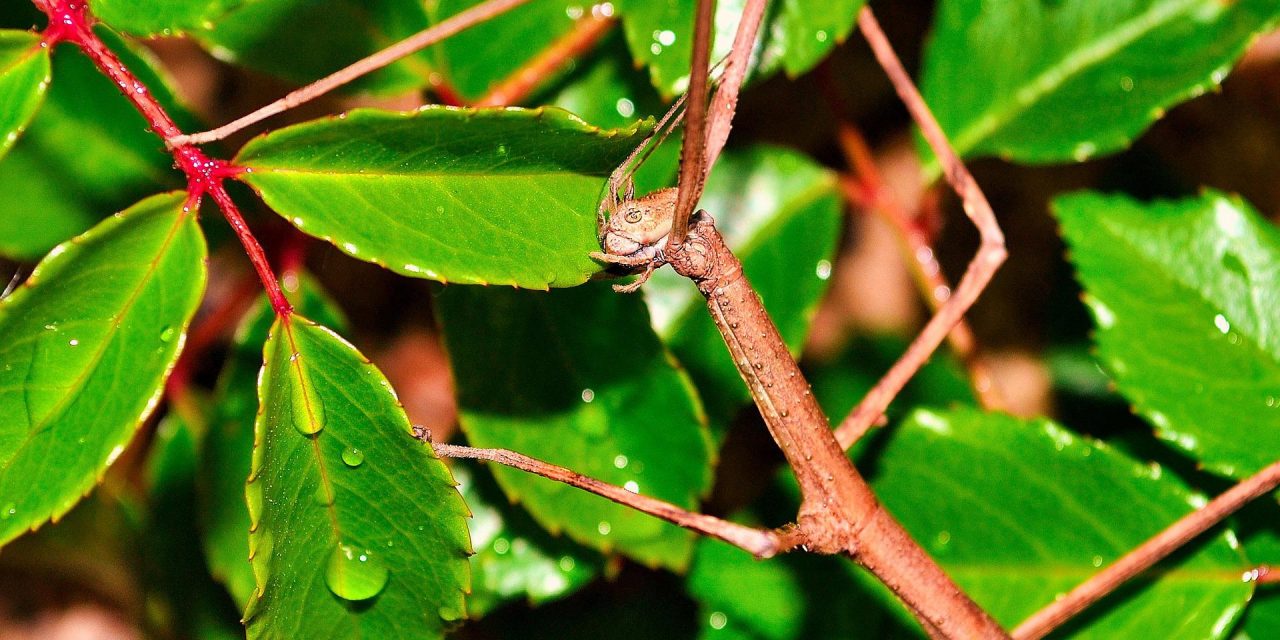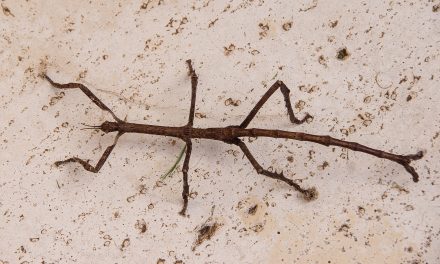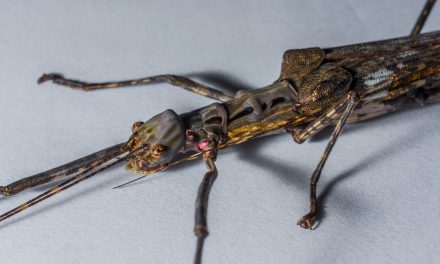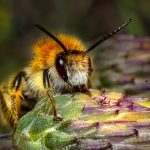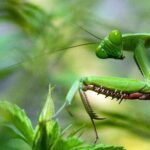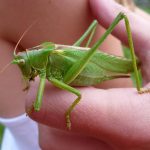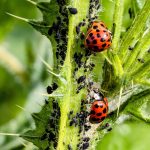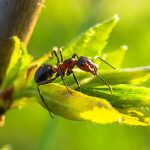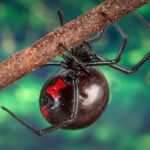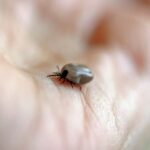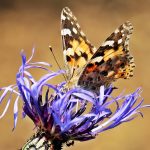There are nearly 3,000 species of stick insect in the world, and they make great pets, especially for children. Children are drawn to them because of their unique appearance and the fact that they are docile and easy to handle. However, younger children should use caution when handling stick insects as they are quite fragile. Stick insects require very little maintenance, and if their housing matches their natural environment, they can even thrive in captivity. If you already keep stick insects as pets, you may be wondering can anything live with stick insects. Keep reading to find out.
Can anything live with my stick insects?
Most insects are carnivorous, meaning they eat other insects, unlike leaf and stick insects, which only eat leaves. Unfortunately, this means that other insects looking for their next meal may target your stick insects. Some people have had success keeping floor-dwelling herbivorous insects in the same enclosure, but it’s not something that we recommend doing as it would be too difficult to maintain the same habitats for both insects.
Can you keep stick insects and leaf insects together?
Stick insects and leaf insects do not belong to the same species, so you should not keep them together in the same enclosure. Because they are both herbivores, theoretically they should be able to live together. However, they might not have the same living conditions, and it would be quite difficult to maintain two separate environments within the same enclosure. Another thing to keep in mind is that leaf insects have the appearance of leaves, and if food is running low, a stick insect might try to eat a leaf insect, thinking it was a leaf.
Can other species of stick insect be kept together?
Yes, you can keep other species of stick insects together as long as they share the same housing requirements. Bulkier or pinching stick insects can harm each other when placed in the same enclosure, so you will need to do some thorough research on the species you want to keep together. Another thing to keep in mind is that the more stick insects you have, the bigger the housing requirements.
Stick insect housing requirements
The housing requirements for stick insects are quite simple and don’t require too much effort to set up. Stick insects are long, slender insects that shed their skin by hanging from the enclosure or any plant material you provide. It is essential that the enclosure be large enough for them to do this. In general, the enclosure should be at least three times as tall as the stick insects that will be kept in it. 15 inches is about what we would recommend.
When housing your stick insects, you should look for an enclosure that allows you to quickly and easily replace the plant material. Bear in mind that the majority of this plant material will be brambles. We went with an enclosure that had both front and top openings because it gave us the flexibility to place longer brambles through the top and remove any eggs through the front. The top is a mesh panel that the stick insect can also use to shed its skin.
There are many different species of stick insects, and not all of them have the same requirements for humidity. Some species, like Carausius morosus, are perfectly happy living in a semi-enclosed enclosure, while others, like Epidares nolimetangere, need an enclosure that is almost or completely enclosed with a relative humidity level of about 80%. Carausius morosus is totally happy to live in an enclosure that isn’t enclosed.
All stick insects, regardless of species, require water on a daily basis, which can be provided by thoroughly misting the enclosure, including all of the plant material, at least once a day. Certain species of stick insects, like the Haaniella genus, require open water in a shallow bowl in order to drink. Remember that insects breathe through their thoracic and abdominal spiracles rather than through their mouths and noses like we do. So you shouldn’t be concerned if you see them drinking with their heads submerged in the water. It is important to remember that tap water in some areas can be harmful to certain species; collect rainwater or let tap water stand for a day or two before using it.
Do I need to heat my stick insect?
Stick insects typically come from tropical or semi-tropical environments and are happiest around 25° C. Placing them underneath a heat lamp will achieve this. Stick insects must not be able to climb onto light bulbs because they will burn themselves. Something else to take into consideration is that stick insects are nocturnal, which means they need darkness at night. You can switch out the daylight bulb for a red one during the night or switch off the lamp during the night. Stick insects can adjust to not having heat during the night as temperatures would fall at night in their natural habitat. Some common Indian stick insects can live without heat in homes with temperatures of 17°C or higher.
What do stick insects eat?
Indian stick insects prefer to eat oak, rose, and hawthorn leaves. Other options include privet and ivy. The bramble (blackberry) is also a favourite among other types of stick insects. To prolong the life of any plant material, stems can be placed in an enclosed container. Be sure to check any plant material for any insects that may cause harm to your stick insect.
